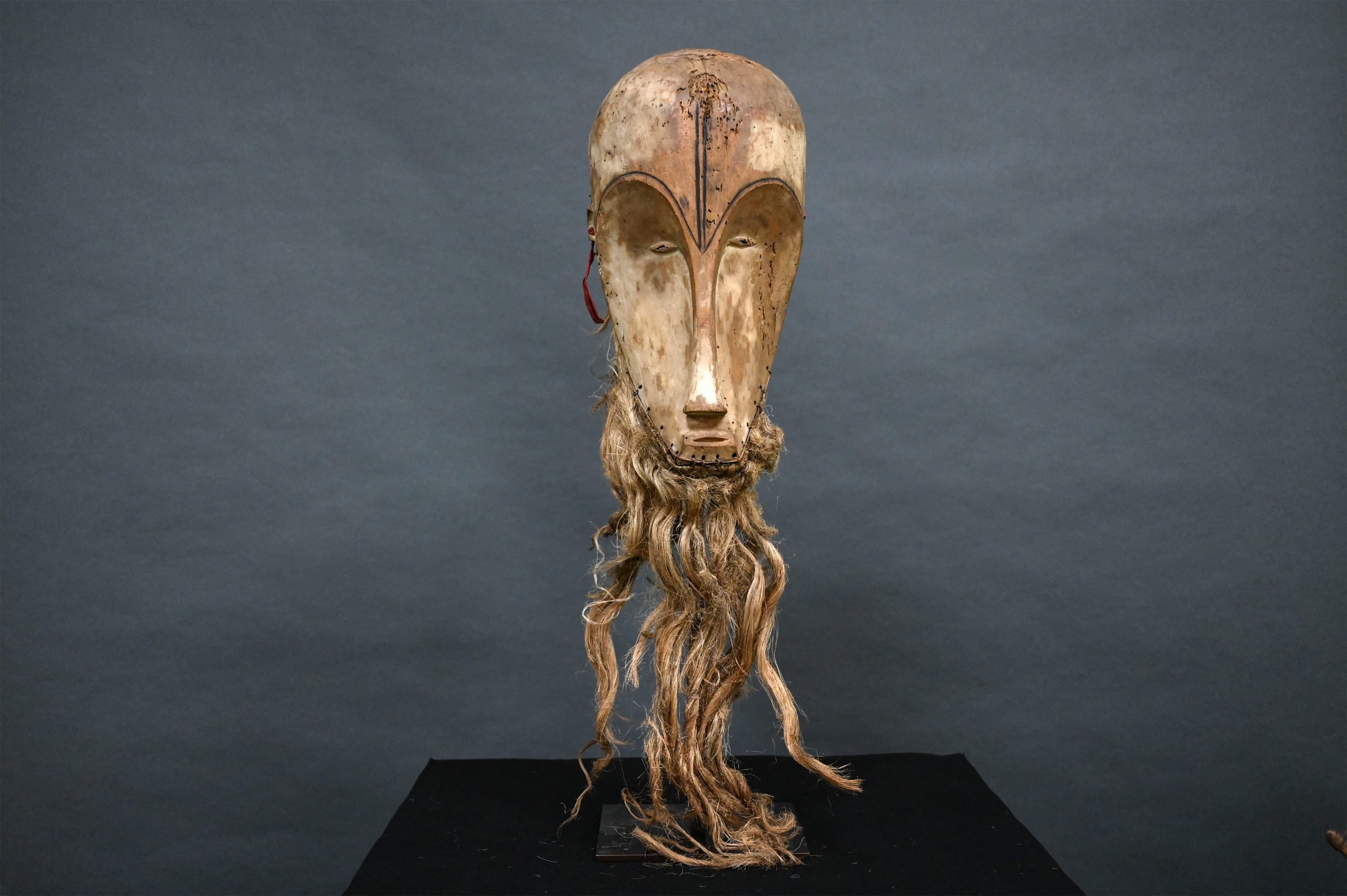Known for his Cubist masterpieces as well as those of his Blue period, Rose period, and African-inspired period, Picasso is lesser known for having been a prime suspect in the 1911 investigation of the theft of the Mona Lisa. The Daily Beast recently revisited the fun story. With the Cubism show having just opened at the Metropolitan Museum of Art, it seems timely.
Around 1907, Picasso became drawn to the Louvre’s primitive Iberian sculptures from the 3rd or 4th century BC. He divulged this to his close friend from Belgium, Géry Pieret, who subsequently presented stolen sculptures from the Louvre to Picasso as a gift, which later inspired Picasso’s iconic Les Demoiselles d’Avignon (1907).
Pieret subsequently left France for America, but returned in 1911, when, penniless, he announced to Guillaume Apollinaire, another of Picasso’s closest friends, that he desired to steal more art from the Louvre. One day Pieret came back with another pilfered sculpture that he gifted to Apollinaire. Infuriated, Apollinaire immediately asked Pieret (who was crashing at his house) to leave, the exact day the Mona Lisa went missing. According to John Richardson’s Life of Picasso, the Paris-Journal immediately began advertising 50,000 francs for its return, no questions asked.
Fueled by spite and a possible cash-in, Pieret went to the Paris-Journal with information regarding the statue he swiped, incriminating the innocent poet and painter.
Picasso and Apollinaire were asked to appear before the magistrate as lead suspects in the theft of these highly valuable pieces of art from the Louvre. Finally, the magistrate came to the conclusion that the two had nothing to do with the missing Mona Lisa, stating that they were instead, victims of the police’s misuse of power. Both men were eventually released.
When Picasso spoke about the 1911 incident to filmmaker Gilbert Prouteau in an interview, the artist said, “When the judge asked me: ‘do you know this gentleman?’…I answered: ‘I have never seen this man.’…I saw Guillaume’s expression change. The blood ebbed from his face. I am still ashamed.”
The real thief of the Mona Lisa was Italian Vincenzo Peruggia. He was caught two years later when he tried to resell it to an art gallery in Florence, Italy.
Follow Artnet News on Facebook:
Want to stay ahead of the art world? Subscribe to our newsletter to get the breaking news, eye-opening interviews, and incisive critical takes that drive the conversation forward.




